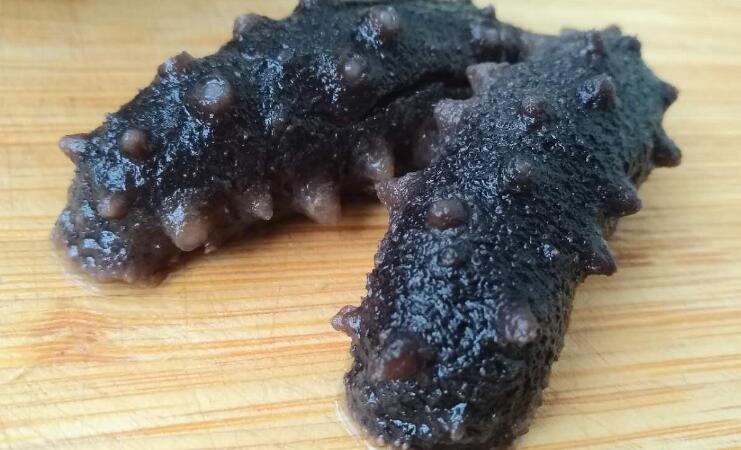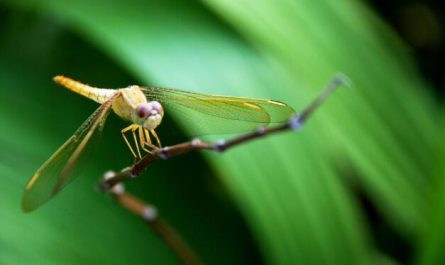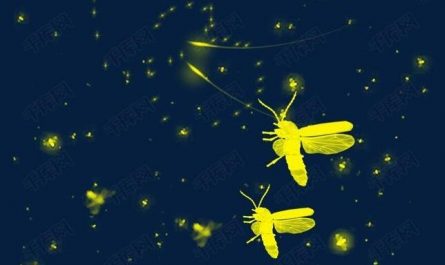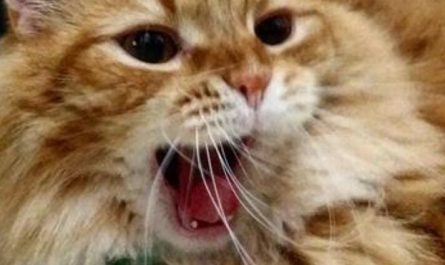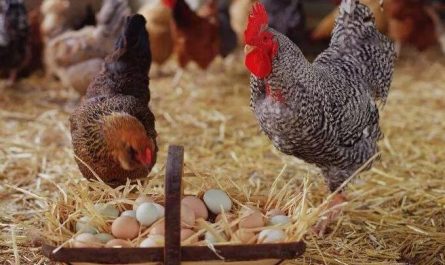The reason why sea cucumbers lose their internal organs and not die
In fact, this is a question of the strength of regeneration. Lower animals, including plants, have a strong regenerative ability. After being injured or losing a certain part of their body, they can heal the wound faster or regenerate the lost part of the body. Sea cucumber is a low-level animal, it can re-grow its internal organs, which is a typical example of strong regenerative ability. After being wounded, higher animals generally can only heal the wound because of their weak regenerative ability, but cannot regenerate a certain limb or a certain internal organ.
The regeneration ability of lower animals is sometimes surprising.
There used to be a fisherman who raised oysters and some other edible shellfish by the sea. Because there is a kind of starfish living in this sea area, it is the natural enemy of oysters. It often eats the meat in the shells, causing great losses to fishermen. In order to punish these nasty guys, the fishermen only need to catch a starfish, tear it into two or chop it into several pieces, and throw it into the sea. Unexpectedly, the “broken corpses” of the starfish not only did not die, but each segment became a complete starfish, and the number became more and more. The occurrence of this tragedy was the result of fishermen’s ignorance of the powerful regenerative ability of starfish. In fact, scientists have long known that all close relatives of sea cucumbers (echinoderms such as starfish, sea urchins, crinoids) have a strong ability to regenerate.
In addition, after being severed, the earthworm can regenerate itself through regeneration; if one of the crab’s eyeballs is damaged, a new eyeball can quickly grow. What’s even more surprising is: cutting a type of coelenterate into several small sections, not only can each section grow a small hydra, but when its head is cut open, it will actually grow into a double head The strange hydra.
Sea cucumbers also rely on throwing things away to distract enemies and protect themselves. But what is very strange is that what the sea cucumber throws out is its own internal organs. It relies on the reaction force of the thrown internal organs to quickly move around and avoid the enemy. So, after the entrails of sea cucumbers leave the body, can sea cucumbers survive? Children don’t worry, sea cucumbers have the ability to regenerate their viscera. In other words, after the sea cucumber loses its internal organs, new internal organs will be born in about 50 days. So, how does the meat survive these 50 days? It turns out that there are other tissues in the sea cucumber body to help the internal organs work, so that the sea cucumber can live normally. Look, how great is the sea cucumber.
The appearance characteristics of sea cucumbers
The body is cylindrical, 10-20 cm long, and the extra-large can reach 30 cm, dark in color, and fleshy. Tentacle wheel-shaped, 17-30, generally 20. The tactile and hand altar capsules are well developed. Sea cucumbers multiplied earlier on the earth than primitive fishes. They began to exist in the Precambrian period about 600 million years ago. They are the earliest living species of living creatures and are called living fossils of the ocean. After several major destructions of the earth, he has survived and witnessed the changes of the earth several times. The mouth is at the front end, mostly on the ventral surface. The anus is at the back end, mostly on the back. There are generally warty feet on the back and tube feet on the ventral surface. The endoskeleton degenerates into tiny bone fragments. Many species have 5 rows of tube feet from mouth to anus. The anal hole also serves to breathe and discharge waste. There are 10 or more retractable tentacles around the mouth, used for hunting or burrowing. Many kinds of internal organs can be released from the anus, and then regenerate new ones, possibly to escape the enemy. There are often Carapus cryptofish symbiosis in the cloaca. There are many toxins that can release deadly to small animals, but there is no danger to human life.
Life habits of sea cucumbers
When the water temperature reaches 20°C, the sea cucumber will be transferred to the crevices of the deep sea rocks or hidden in the bottom of the rock. The whole body shrinks and becomes hard like a prickly ball. Generally animals will not eat it. It is a summer when it sleeps, and only wakes up after autumn to resume activities.
The growth and reproduction of sea cucumbers
In order to ensure that the race is not extinct, in the long-term natural selection evolution process, sea cucumbers have super reproductive ability. An adult sea cucumber that is more than 4 years old can ovulate about 5 million pieces at a time during the spring breeding period. In this way, even with a survival rate of one in ten thousand, the continuation of the race can be guaranteed.
